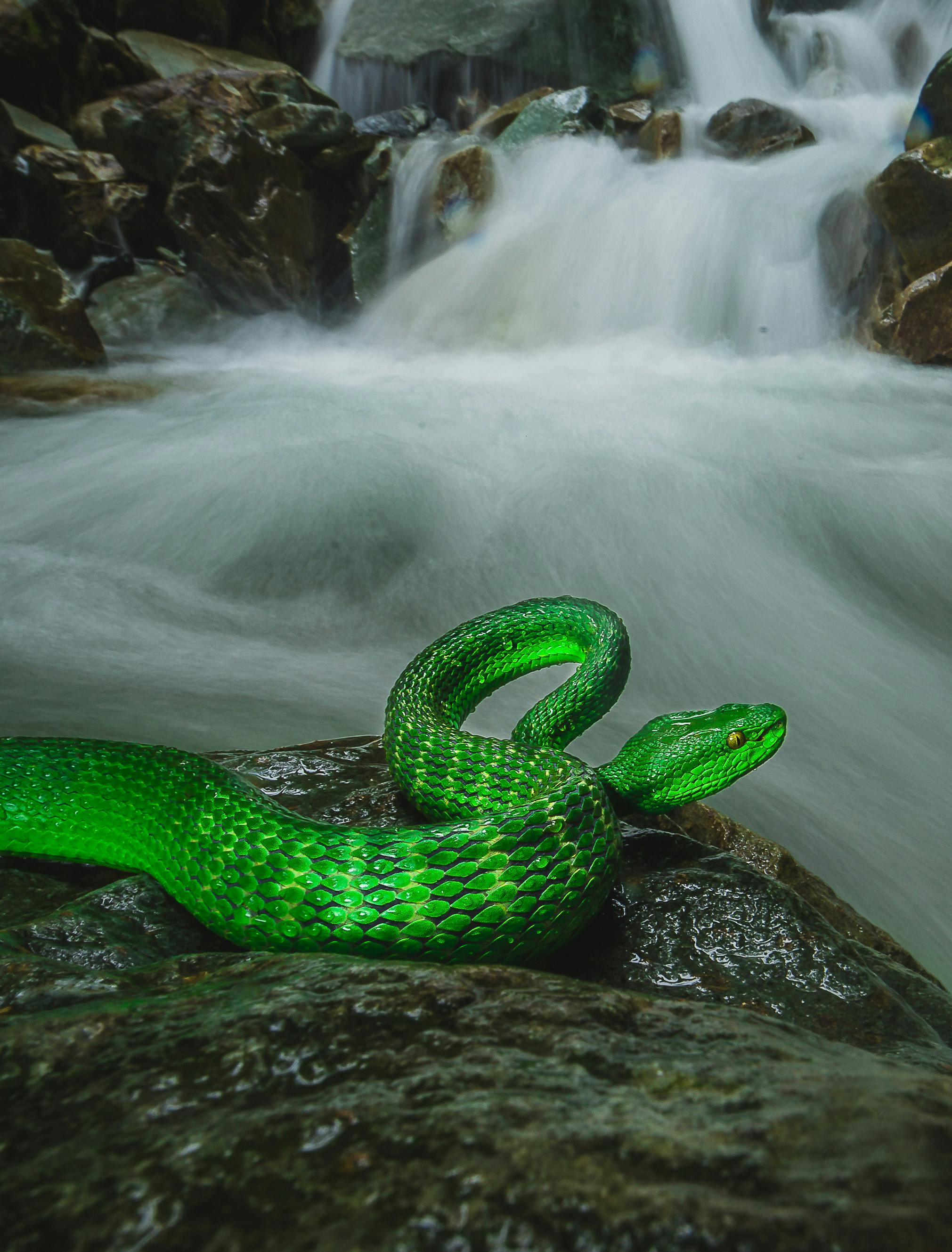Incorrect Myth: Snakes dislocate their jaws when eating. (This is a myth.)
Corrected Version: The bottom parts of reptile skulls are not connected like mammal skulls. They are instead attached by a ligament, meaning it can stretch much easier. Did you know that some snakes eating their food is equivalent in proportion to their head as a human eating a whole watermelon?
Origin: Snakes can open their mouths much more than mammals. When someone does not understand how this is very different from mammals, they may assume snakes dislocate their jaw when eating.
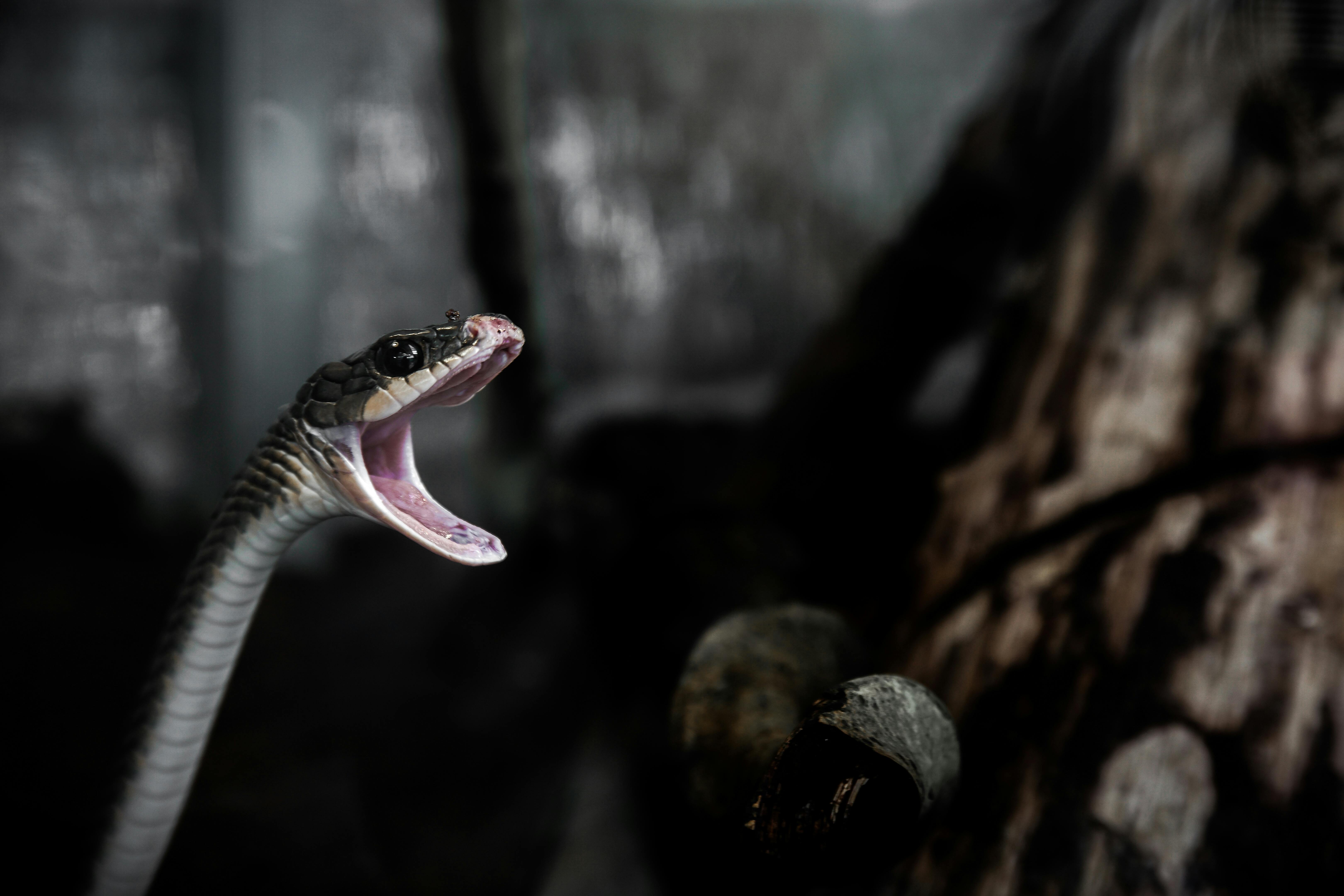
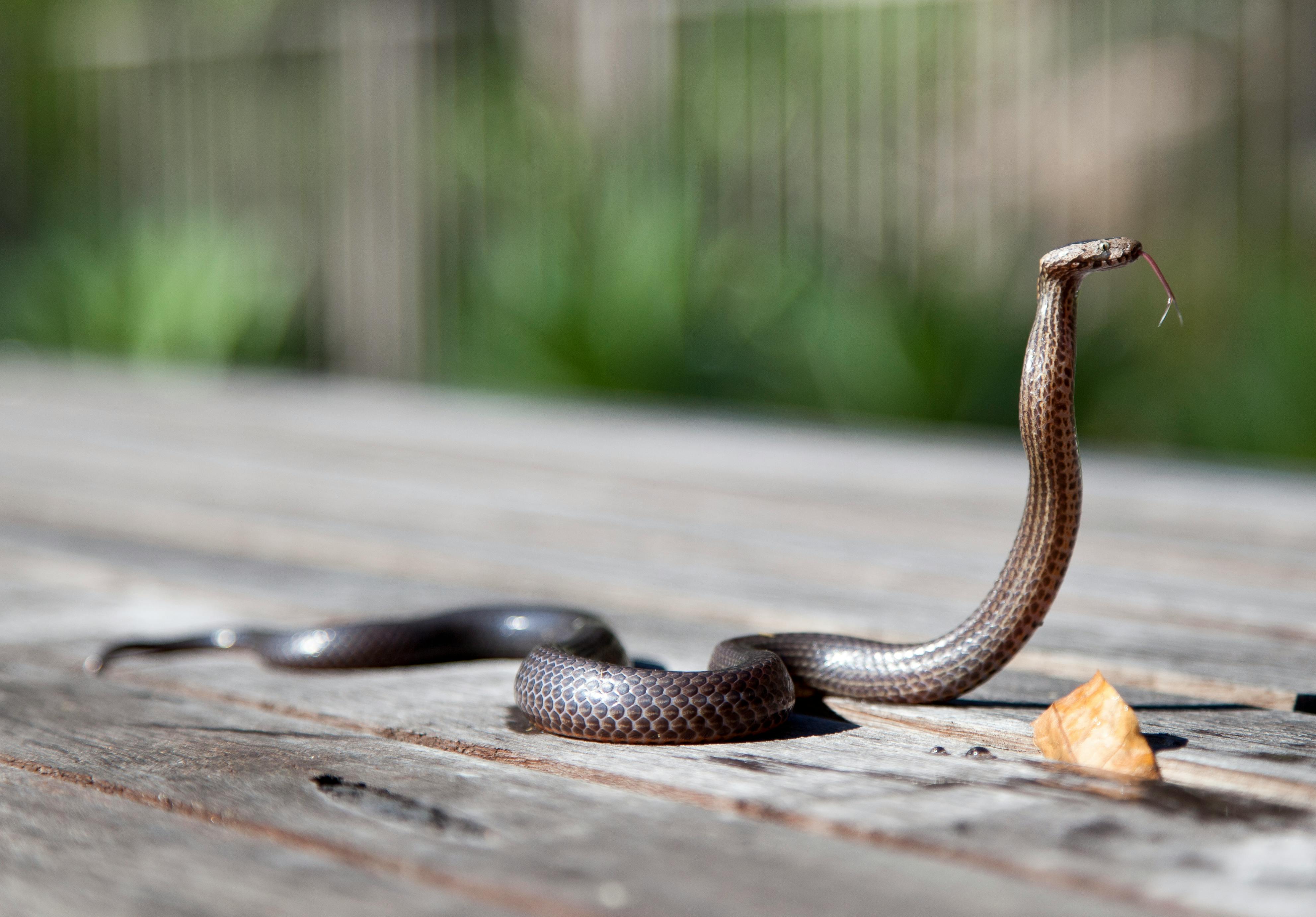
Incorrect Myth: Snakes will often chase you. (This is a myth.)
Corrected Version: Often, when you encounter a snake, the snake is more scared of you than you are of it. Because of this, both you and the snake are trying to find the quickest escape route, which may be the same path. The only exception to this is the Bushmaster.
Origin: When a snake is trying to run away from you, it is easy to misunderstand this and assume it is chasing you. Also, this is propelled by an overall fear of snakes.
Incorrect Myth: Rattlesnakes are poisonous. (This is a myth.)
Corrected Version: Rattlesnakes are venomous. Check out the link at the top of the page for more information.
Origin: Many people think rattlesnakes are poisonous instead of venomous. This is propelled from misinformation from friends, family, peers, and popular movies and entertainment.
Click Here to Learn More About This Abundant Myth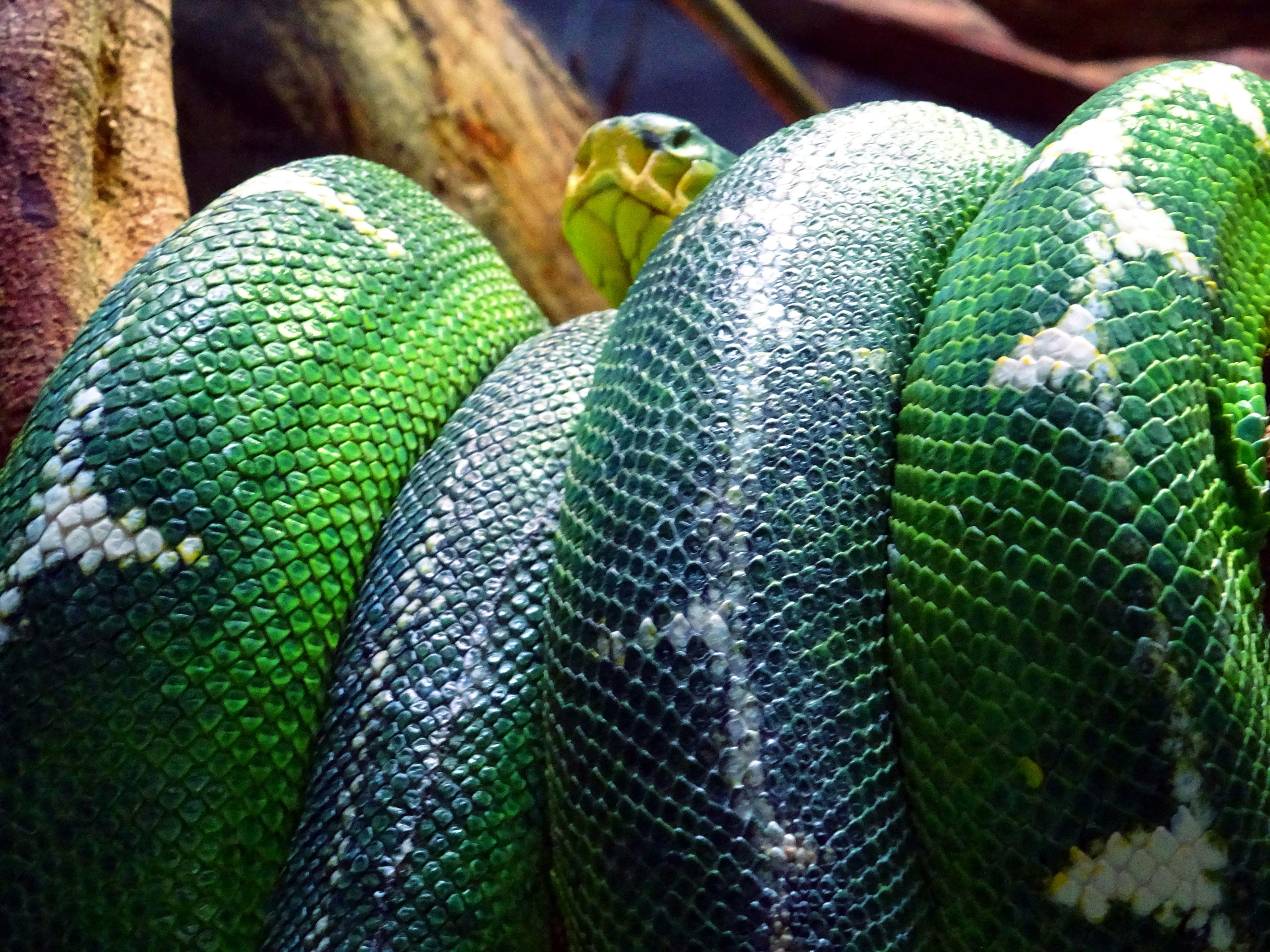
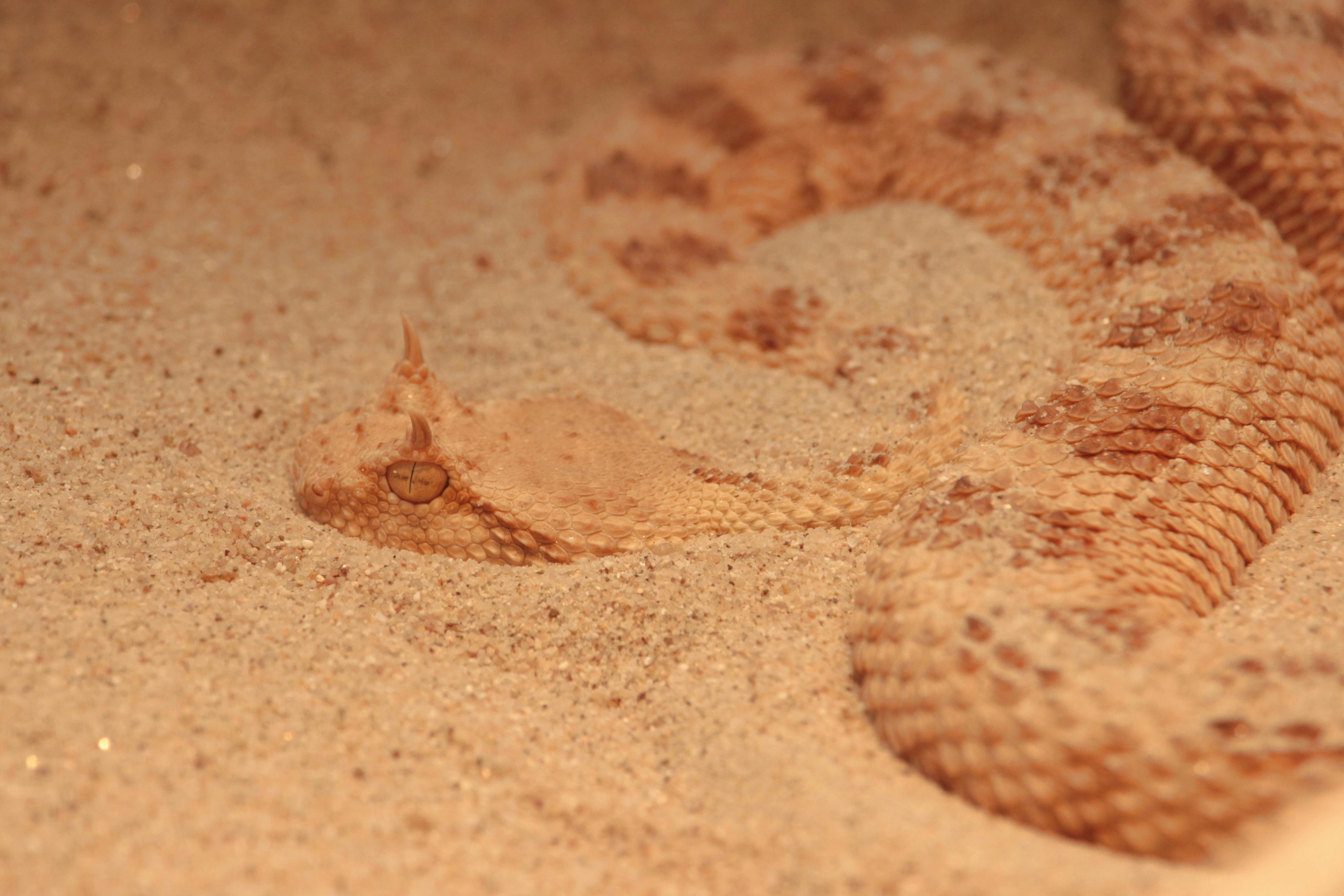
Incorrect Myth: Baby rattlesnakes are more dangerous than adult rattlesnakes because they can not control their venom. (This is a myth.)
Corrected Version: Baby rattlesnakes can control their venom well. If anything, baby rattlesnakes are less dangerous due to their lower venom yields. That being said, do not interact with rattlesnakes unless you are accompanied by an expert.
Origin: I could not find a definite origin for this myth, but it is spread by a general lack of education in reptiles and misunderstanding and fear of venomous snakes.
Incorrect Myth: You can always tell a rattlesnake's age accurately by the number of rattles on its tail. (This is a myth.)
Corrected Version: While rattlesnakes do gain a section of their rattle each shed. These rattles sometimes break off, often making you guess the rattlesnake's age as lower than it actually is.
Origin: This is somewhat true to an effect since rattlesnakes gain a rattle at every shed; people just often forget that these rattles fall off the snake very easily.
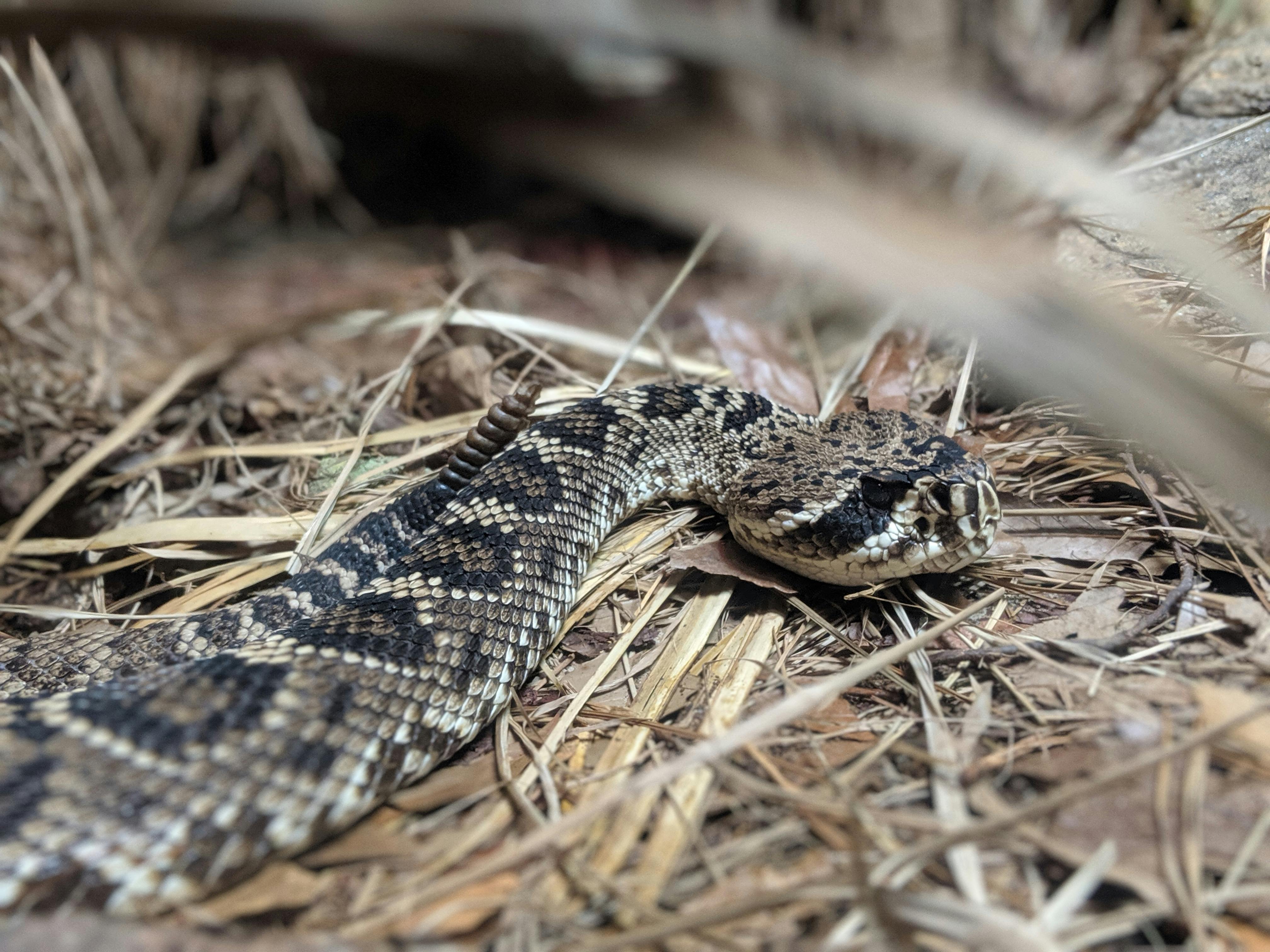
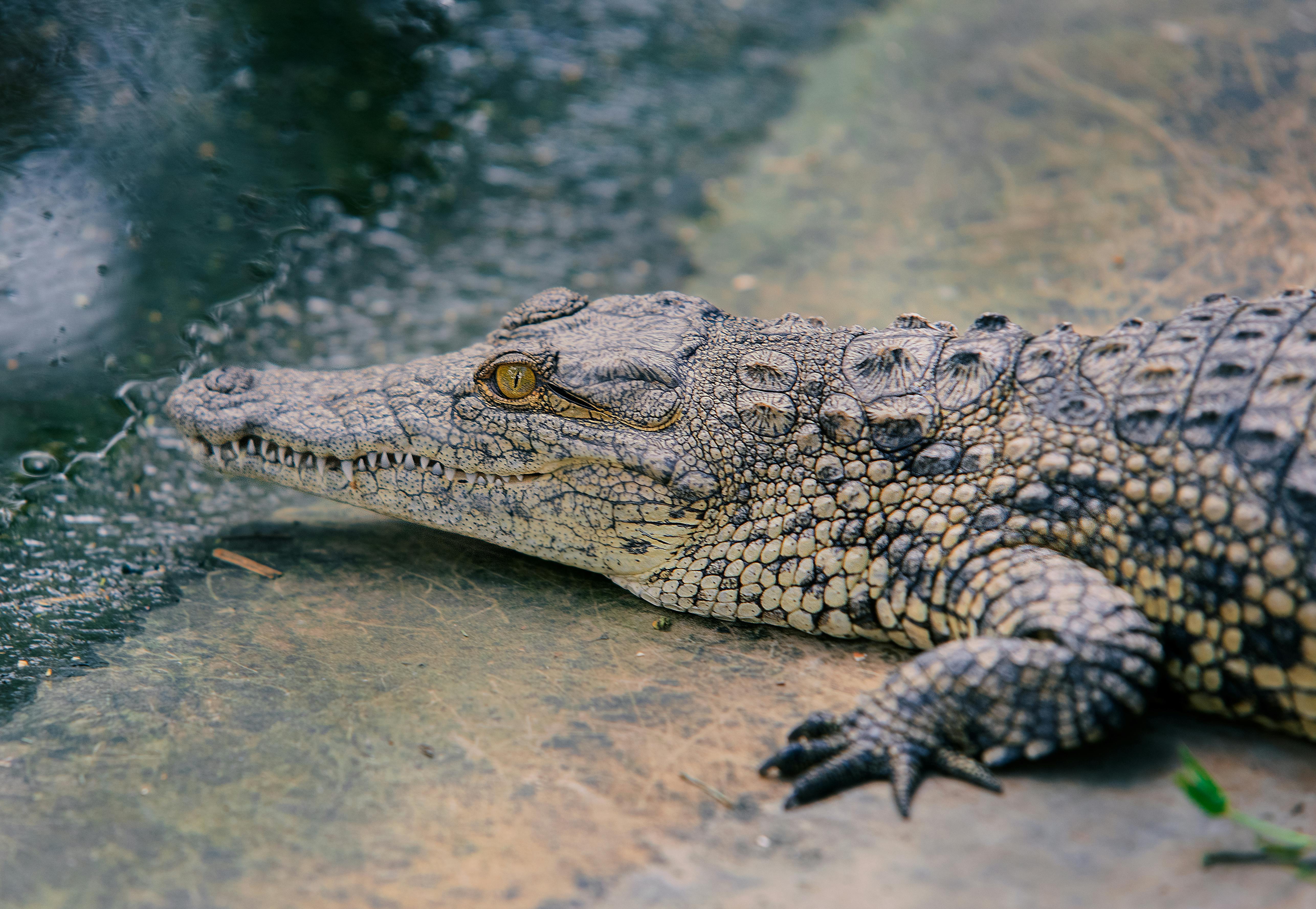
Incorrect Myth: Crocodiles can run very fast on land compared to their swimming. (This is a myth.)
Corrected Version: Crocodiles can run only around 11mph or 17kph on land. And are often the same speed on water as on land.
Origin: This probably originated from stories of people who were chased by crocodiles.
Incorrect Myth: Venomous snakes are keen to bite. (This is a myth.)
Corrected Version: Often snakes will do many defense mechanisms before biting as a last resort.
Origin: This is just caused by a fear of snakes.
